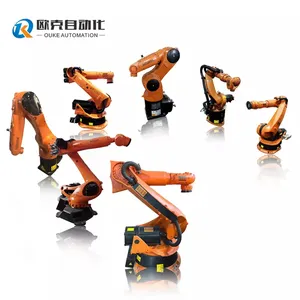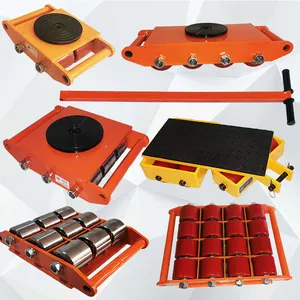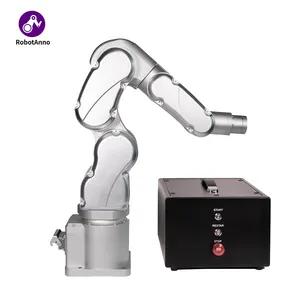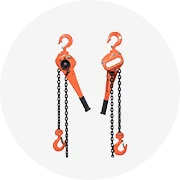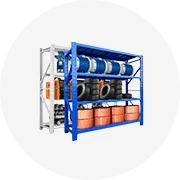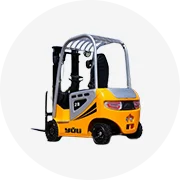Popular in your industry

































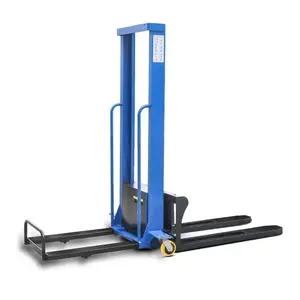






































Related Searches:











































































































































Top categories
About 300kg manual lifting mechanism
Understanding the 300kg Manual Lifting Mechanism
A 300kg manual lifting mechanism is an essential tool designed to aid in the lifting and handling of heavy items. This versatile equipment is engineered to support up to 300 kilograms, making it an ideal choice for various lifting tasks. Its manual operation allows for precise control, ensuring safety and efficiency in its application.
Types and Applications
The utility of a manual hoist extends beyond just automotive use. It is adept at handling a range of items such as canoes, kayaks, and even bulky storage boxes. The adaptability of these mechanisms makes them a valuable asset in different settings, from residential garages to commercial warehouses.
Features and Design
Equipped with safety features, the manual lifting device includes anti-drop systems that secure the load in place, providing peace of mind during use. Its design often allows for pairing with additional equipment, such as carts, enhancing its functionality. Furthermore, the inclusion of replacement thumb screws adds to the convenience, facilitating easy maintenance.
Material and Durability
Crafted from robust materials, the lifting equipment is built to withstand the rigors of frequent use. The choice of materials ensures durability and longevity, making it a reliable choice for those requiring regular lifting solutions.
Advantages of the Mechanism
The hand lifting tool offers significant advantages in terms of flexibility and ease of use. Its manual operation allows for control without the need for power sources, making it suitable for use in various locations. Additionally, the mechanism's portability is an asset for tasks that require lifting capabilities at multiple sites.
Considerations Before Purchase
When considering a 300kg manual lifting mechanism, it is crucial to assess factors such as weight capacity, compatibility with the items to be lifted, operational clearance, and the ease of installation. Ensuring that the mechanism meets the specific requirements of the task will result in a more effective and satisfactory lifting process.
